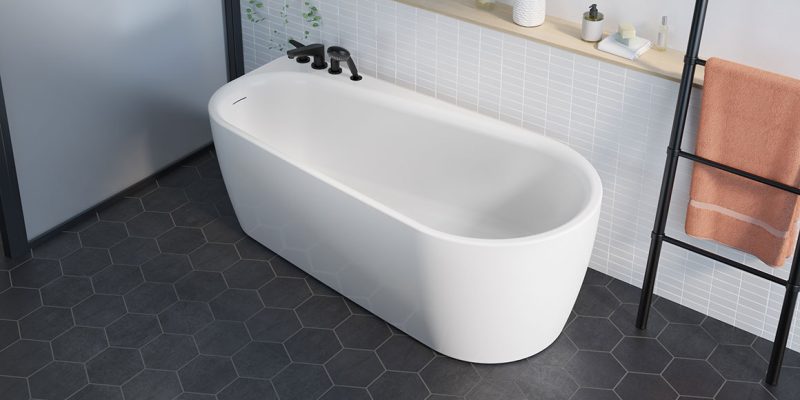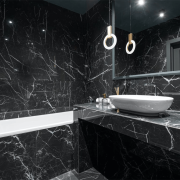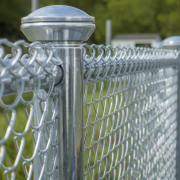A well-designed bathroom is more than just a collection of functional fixtures—it’s a cohesive space where every detail works in harmony. Among those details, the bathtub faucet plays a key role in tying the room together, visually and practically. Whether you’re building a new bathroom or updating an old one, choosing the right faucet can enhance the room’s style, function, and flow.
But how exactly do you make sure your bathtub faucet complements the rest of your bathroom? Here’s a comprehensive guide to help you match style, finish, and layout with confidence.
1. Identify Your Bathroom’s Design Theme
Before selecting a faucet, assess your overall design style. Common themes include:
- Modern: Clean lines, minimal hardware, and matte or polished finishes
- Traditional: Curved spouts, cross handles, and classic materials like bronze
- Transitional: A blend of traditional and modern—think subtle details with a sleek touch
- Industrial: Exposed piping, brushed metal finishes, and utilitarian forms
Your faucet should echo these themes in both shape and finish. For example, a sleek, wall-mounted faucet fits beautifully in a modern space, while a freestanding gooseneck design may work better in a vintage or clawfoot tub setting.
2. Coordinate with Sink Faucets and Fixtures
Consistency is key when matching your bathtub faucet with other elements in the room. While it doesn’t have to be identical, it should share common traits such as:
- Finish: Matching chrome, matte black, brushed nickel, or brass across all fixtures
- Handle style: Lever, knob, or cross handles—pick one and carry it through
- Brand lines: Many manufacturers offer complete collections, making it easy to create a unified look
This approach ensures your bathroom doesn’t feel like a mix-and-match showroom.
3. Consider the Type of Bathtub
The type of bathtub you have will influence what kind of faucet you can or should install:
- Freestanding tub: Pairs well with floor-mounted or wall-mounted faucets
- Drop-in tub: Compatible with deck-mounted faucets installed on the surround
- Alcove tub: Typically uses wall-mounted faucets combined with a shower system
Each setup demands a different form factor, so choose a faucet designed for your specific tub installation.
4. Match the Finish to Other Metal Elements
Beyond faucets, bathrooms often feature other metal accents—mirror frames, towel bars, cabinet hardware, and lighting. The goal is to create balance and visual continuity.
Popular finish pairings include:
- Brushed nickel with stainless steel or pewter
- Matte black with warm woods and white tile
- Polished chrome with high-gloss cabinetry or marble
- Antique brass with vintage-inspired lighting and fixtures
This doesn’t mean every finish must be identical, but they should harmonize without clashing.
5. Focus on Function and Compatibility
In the middle of the aesthetic planning process, don’t forget the technical side. All bathtub faucets must be compatible with your plumbing configuration, water pressure, and valve systems.
Some important functional factors:
- Flow rate: Higher flow rates fill large tubs faster
- Temperature control: Thermostatic valves offer more precise adjustments
- Sprayer options: Hand showers or integrated diverters add versatility
Always ensure your chosen faucet style matches your tub’s structure and your installation capacity.
6. Think Long-Term
Choose finishes and designs that won’t easily go out of style. Neutral finishes like brushed nickel or matte black age well and work with evolving design trends. Quality materials and ceramic disc valves can also ensure your faucet lasts longer with fewer issues.
Conclusion
Matching your bathtub faucet to the rest of your bathroom isn’t just about aesthetics—it’s about creating a unified, practical, and visually comfortable space. From finish and form to function and fixture placement, each detail matters. With a thoughtful approach, your faucet won’t just complement your tub—it’ll elevate your entire bathroom design.














Comments